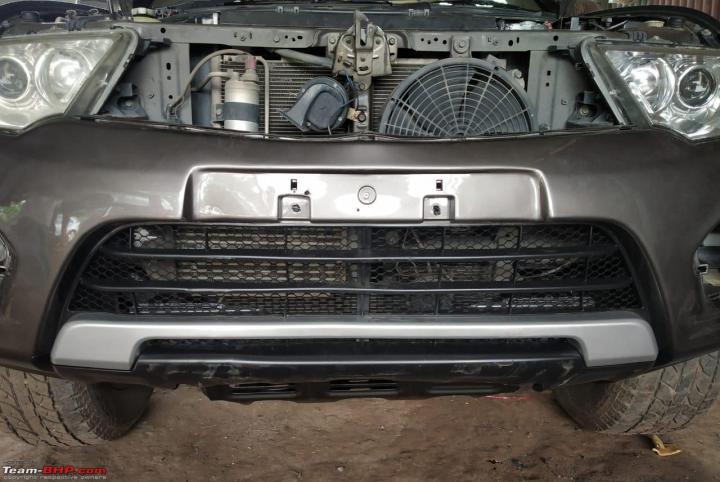News
Mitsubishi Pajero Sport: Fixing a slow leak in aircon system
This is probably the first detailed and illustrated procedure on the net on how to remove and refit the front and rear aircon units on the Mitsubishi Pajero Sport.
BHPian vigsom recently shared this with other enthusiasts.
Introduction
I’d introduced the subject of car aircons to all of you via Part 1 and Part 2.
I have been facing a weird issue – the AC system of a Mitsubishi Pajero Sport was losing refrigerant charge extremely slowly over 16-17 months, and I wanted to get down to find out why this was happening. The next few posts will highlight the diagnosis of this issue and,
a) showcase how the front and rear AC units on the Mitsubishi Pajero Sport were removed, inspected and refitted
b) highlight a few precautions to be taken as ignoring these could land one in big trouble
c) highlight some upsell and fear-inducing tactics of service providers these days to gain more moolah
This is probably the first detailed and illustrated procedure on the net on how to remove and refit the front and rear aircon units on the Mitsubishi Pajero Sport. The same guidelines will apply to the Toyota Fortuner, Toyota Innova and a few other dual AC set ups in other MUVs and SUVs.
Front HVAC Unit:

Rear AC unit:

Background
I’ve been holding this 2012 Mitsubishi Pajero Sport since 2019. The AC was functioning well at purchase, and went on fine until May-2020. The car was stuck at a remote location, unused, for the full 50 days during the first lockdown last year. I then discovered that the AC system was extremely low on refrigerant, and on inspection found that the compressor clutch magnet was weak plus the compressor oil seal also warranted replacement. After both these jobs were done, the system was leak tested, found holding pressure, and a fresh charge of refrigerant was charged. In the meanwhile, I also installed a cabin air filter as the Pajero Sport doesn’t come with one by default; details here.
Fast forward to Aug-2021: The compressor would cycle on and off but the AC would provide mediocre cooling only when the engine was at approx. 1800+ rpm and when the car was at a reasonable speed on highways. At lower speeds in city, the AC was sub-optimal. The refrigerant low side line (compressor suction) would show no sweating. All these symptoms pointed to a lower than normal refrigerant charge – acceptable but not ideal! I estimated that the AC system would return to its May-2020 state in another two months viz. full charge to low charge in 16 months. This was strange, since I know from experience that leaks in the system would mean total depletion of refrigerant charge in a max. of 3 months.

Continue reading vigsom's experience for more insights, information and BHPian comments.





.jpg)













